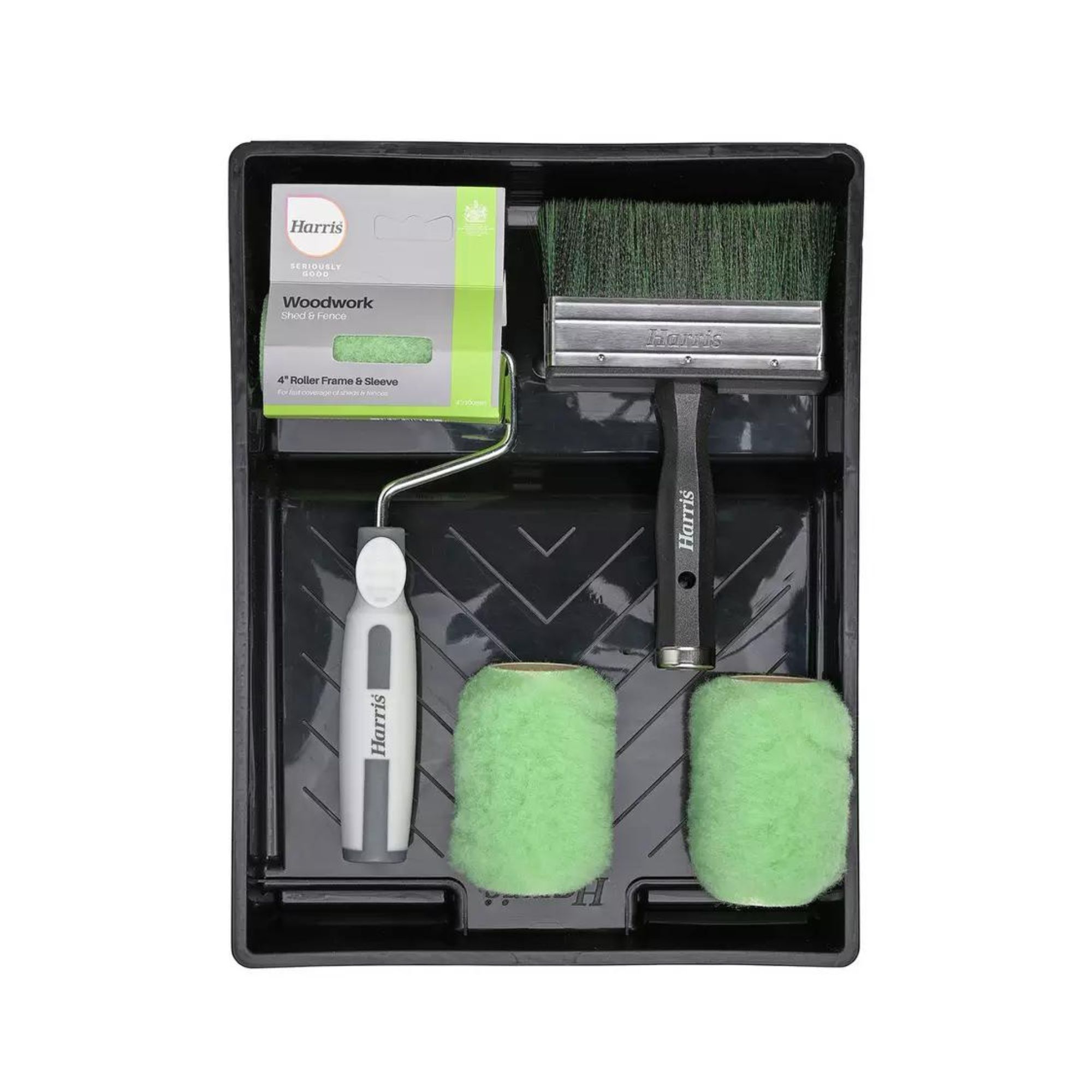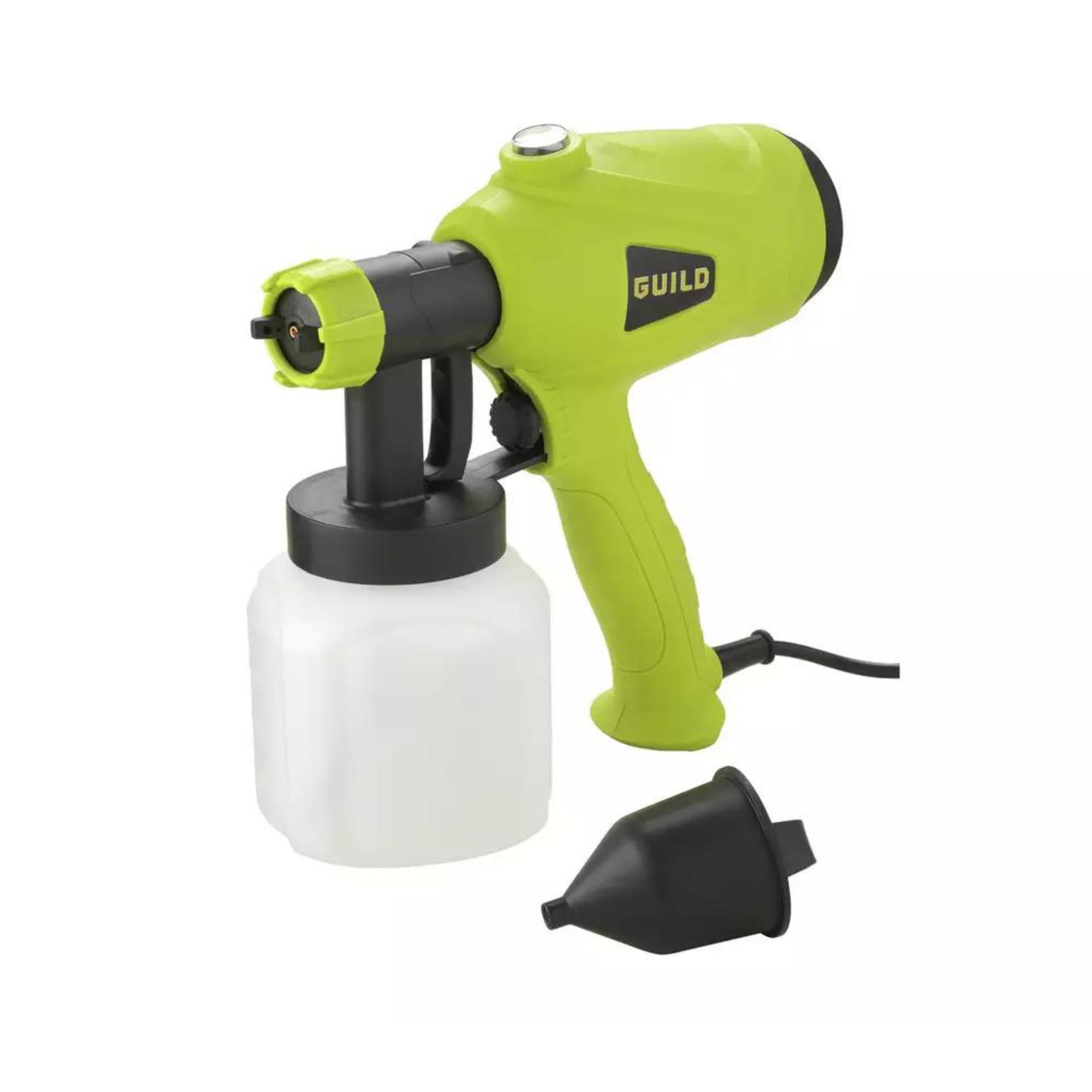Painting fence panels with a sponge - is this viral fence painting hack a stroke of genius or a waste of time?
It has over 7.9 million views and counting…
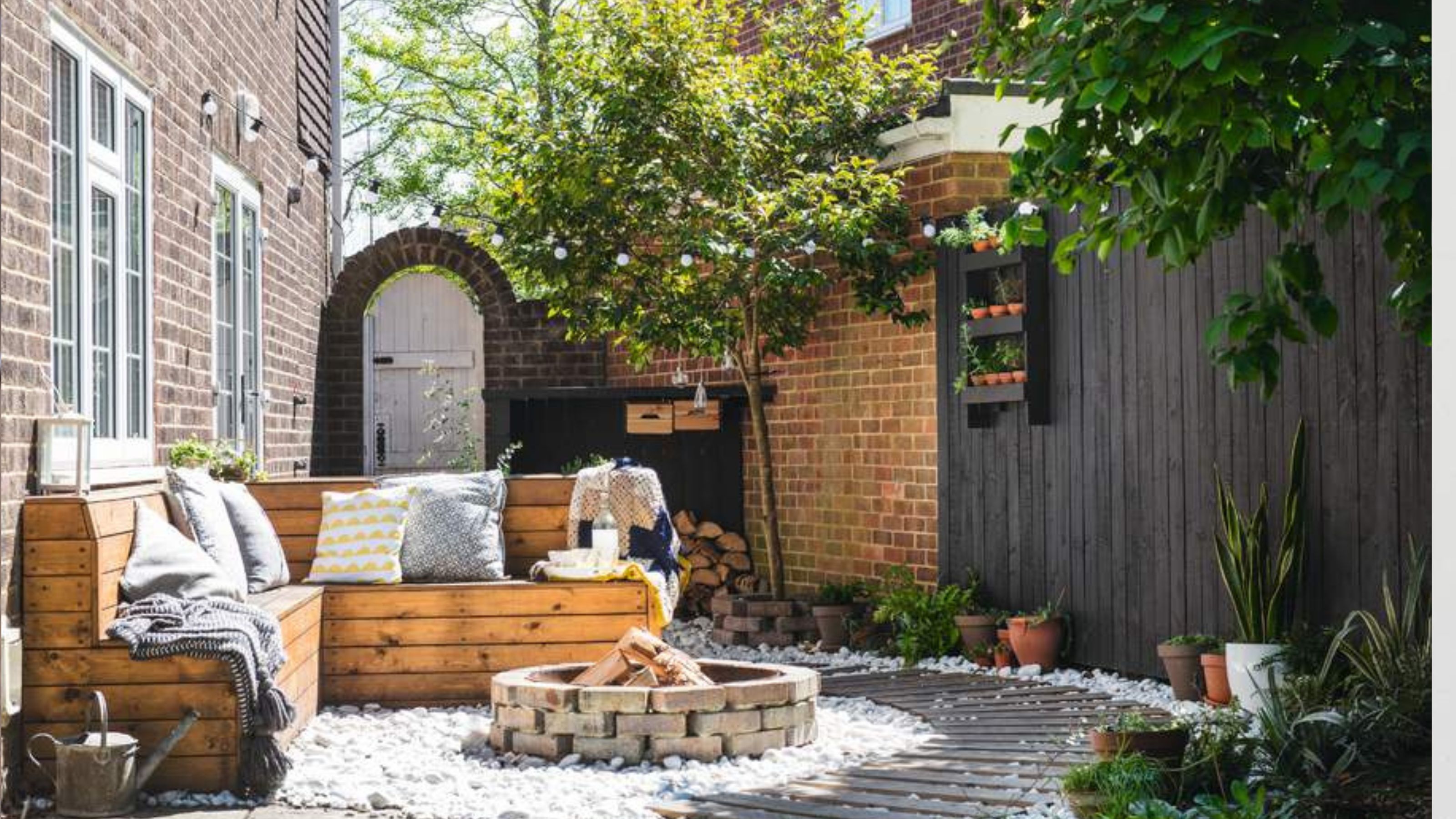

Unless you enjoy arm ache or love paint splatters all over your clothes, we’ll assume that you don’t like painting fence panels. But while it’s normally incredibly time-consuming, one TikTok fence painting hack promises to speed the whole process up.
Yes, there’s nothing more satisfying than seeing your garden fence ideas come to life. But no matter whether you opt for a fence colour to make your garden look bigger or you embrace your inner Jackson Pollock and paint your own fence mural, the act of actually painting a fence is often boring and tedious.
So, what if you could speed it up? According to this viral TikTok hack, painting fence panels is so much easier when you head into your cleaning cupboard and grab a very common cleaning tool: a sponge.
Painting fence panels with a sponge
Let’s be honest; you probably have quite a few sponges lying around the house. You might use them to wash up, clean the car, or even clean walls without removing the paint. But have you ever considered using them to paint fence panels?
Well, Lou and Clay of reno_at_95 have done just that - and the TikTok video of their hack has so far amassed over 7.9 million views. After all, it’s not every day you replace a traditional paintbrush with a common cleaning sponge.
But in their caption, they urge, ‘Fence painters out there - use a sponge NOT a brush! You can thank me later.’ And while the results in their video certainly seem impressive, we decided to reach out to experts and see whether we’ve been sleeping on this sponge hack or whether it’s another TikTok hack to avoid.
@reno_at_95 ♬ original sound - reno_at_95
Tim Warren, a DIY expert from Adkwik, says, ‘Although painting the fence with a sponge may appear to be a time-saving hack, it is not actually as effective as people think. Depending on the type of sponge that you are using, the material may catch on any splinters of wood in the fence panels, especially if you have not sanded the panels down prior to painting.’
Get the Ideal Home Newsletter
Sign up to our newsletter for style and decor inspiration, house makeovers, project advice and more.
In fact, Ideal Home’s Editor-in-Chief, Heather Young, also discovered this when she tried the sponge hack for herself.
She explains, 'I tried the sponge hack for painting rough wood in our garden. While there were plus points – it was great at getting into the crevices and hard-to-reach areas that are trickier with a paintbrush, for example – I found that the sponge quickly got torn apart by the rough surface.’
However, Lou and Clay stand by their decision to use a sponge, with Lou telling us, ‘It’s my biggest life hack and cheapest and cost only 99p for the sponge.’
Not only that, but the couple opted to use a sponge after trying traditional fence painting methods, so they believe it is the best option for all-around coverage at a quicker pace.
‘The idea came about as I initially started off with a fence paint brush, and it took me a whole 40 minutes to do one large fence panel, which was way too long when I had six to do,’ Lou explained to us.
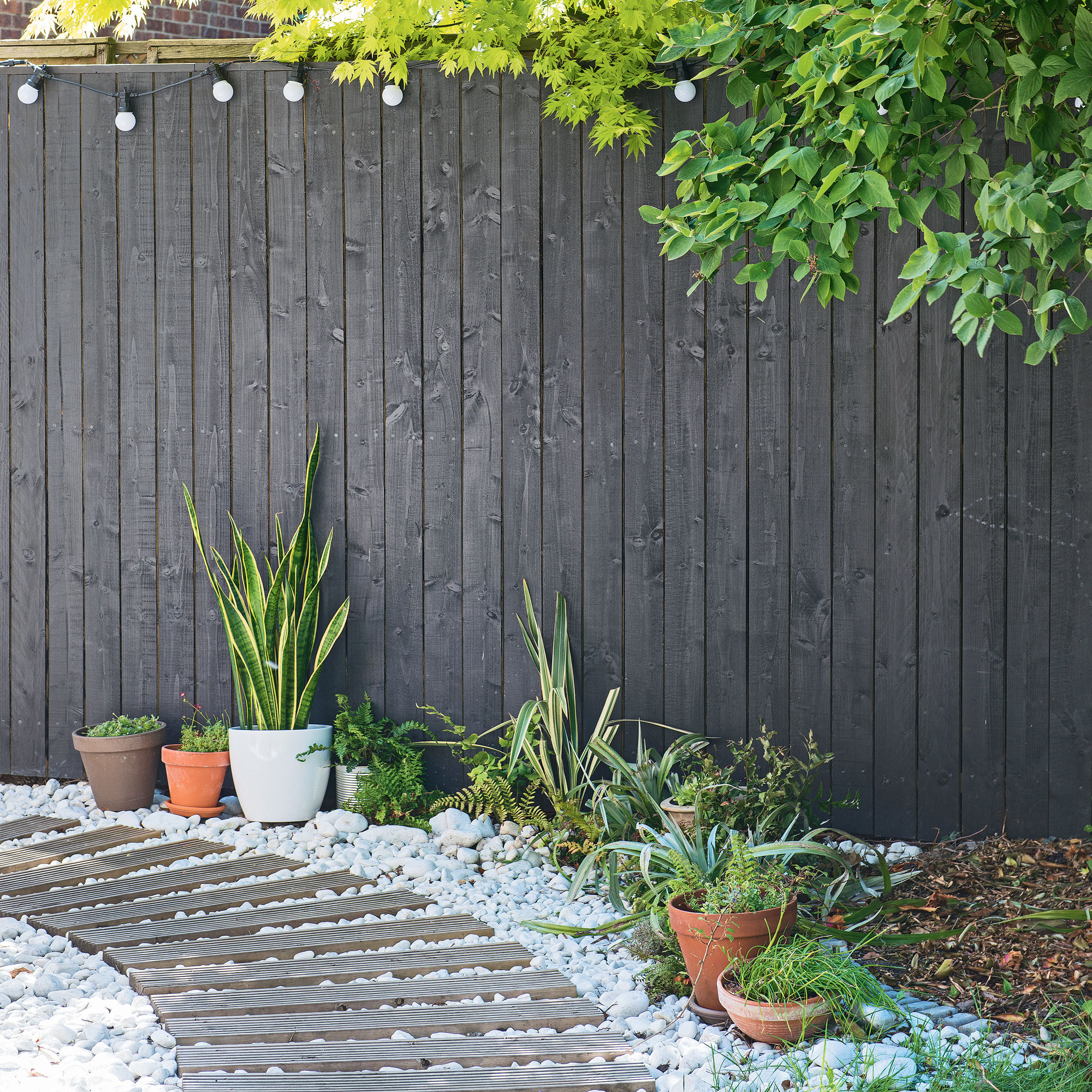
‘So, as a business improvement director, I thought surely this can be done faster. I went to the bathroom, grabbed a sponge, and off I went at speed. Taking 20 minutes a panel - to the same quality finish - but half the time to do!’
And Lou’s hack for keeping the sponge in one piece? ‘Wear a marigold and dunk that sponge deep into the paint so it glides over the fence of any condition.’
But if you’re still worried about the sponge falling apart while you’re halfway through the painting process, you could sand the fence panels down with sandpaper to ensure you get rid of any rough or scratchy lumps and bumps.
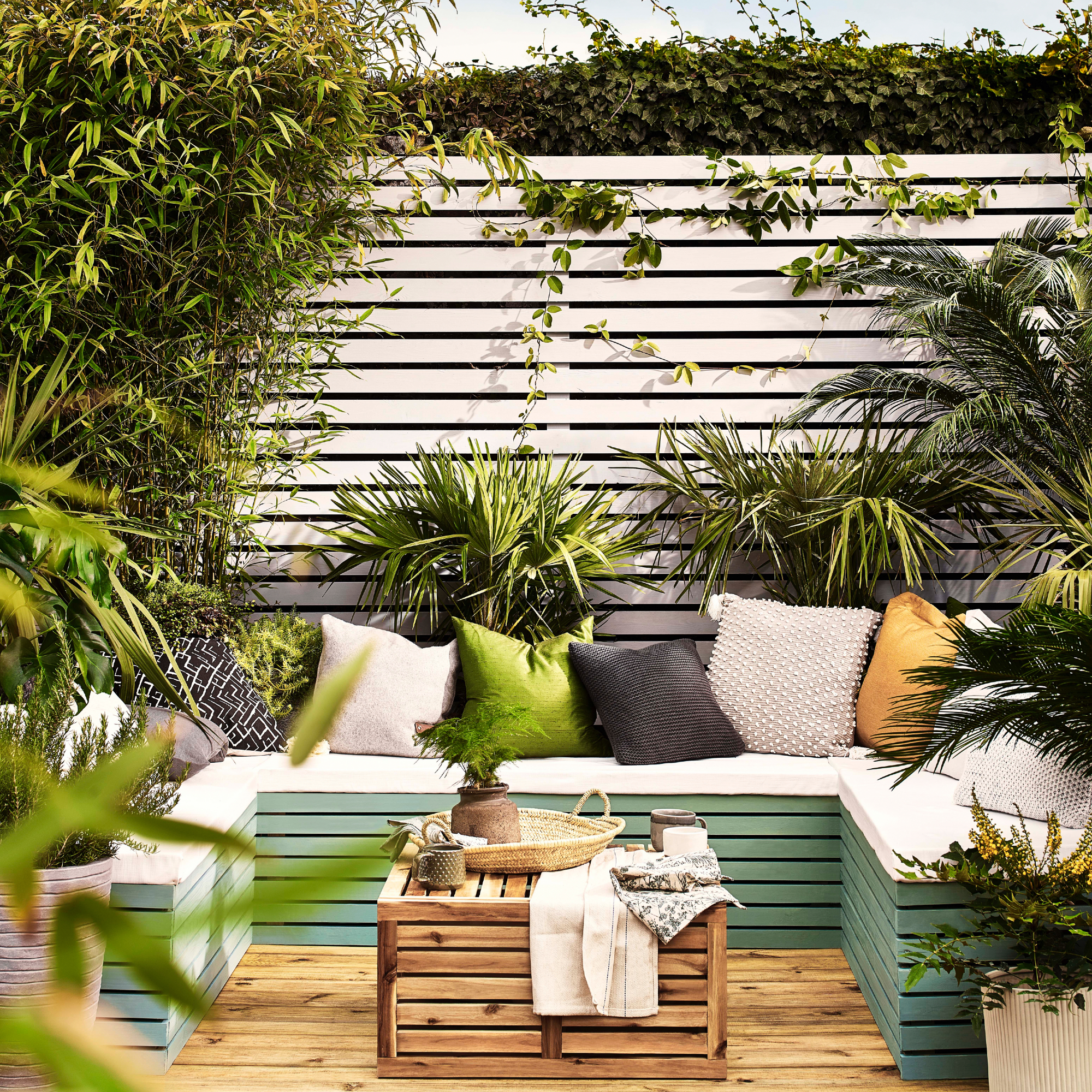
What about the cost of it all, though? Well, if you’re looking for a budget garden idea, Tim warns that this hack could cost you more in the long run. He says, ‘The sponge may also absorb a lot of the paint, meaning that you may actually end up using more paint, which increases the cost.’
Heather also found that the sponge seemed to suck up more of the paint than painting fence panels with a brush, but this didn’t put her off the hack completely. After trying it for herself, she concluded, ‘In future, I'd use a sponge for the fiddly bits, but stick to a brush for the larger areas.'
So, it’s probably a good idea to opt for a trio of tools when painting fence panels: a sponge, paintbrush, and then paint sprayer, just in case. Then, you won’t leave any stone unturned… or any fence panel unpainted!
What you'll need
FAQs
Can you use a sponge to paint fence panels?
Yes, you can use a sponge to paint fence panels. Many people have found success painting fence panels with a sponge, as it offers quick and even coverage.
Just be warned that you may have to sand the fence panels before painting to avoid ripping the sponge to pieces as you wipe, and you may end up using more paint than you anticipated, as the sponge will soak up a lot of it.
How to paint fence panels quickly?
The quickest way to paint fence panels is to use a paint sprayer, but this can result in patchiness and may also drip onto your neighbours’ side of the fence. Because of this, most experts would suggest using a more hands-on method, such as painting with a normal paintbrush or using a roller brush.
So, will you try painting fence panels with a sponge?

Lauren Bradbury has been the Content Editor for the House Manual section since January 2025 but worked with the team as a freelancer for a year and a half before that. She graduated with a Bachelor’s degree in English and Creative Writing from the University of Chichester in 2016. Then, she dipped her toe into the world of content writing, primarily focusing on home content. After years of agency work, she decided to take the plunge and become a full-time freelancer for online publications, including Real Homes and Ideal Home, before taking on this permanent role. Now, she spends her days searching for the best decluttering and cleaning hacks and creating handy how-to guides for homeowners and renters alike, as well as testing vacuums as part of her role as the Ideal Home Certified Expert in Training on Vacuums, having spent over 110 hours testing different vacuum models to date!
-
 My go-to Ninja coffee machine is on sale for Easter weekend
My go-to Ninja coffee machine is on sale for Easter weekendIt makes coffee shop quality achievable at home
By Molly Cleary
-
 When to plant out annual flowering plants for vibrant, colourful garden borders – and give them the best start, according to experts
When to plant out annual flowering plants for vibrant, colourful garden borders – and give them the best start, according to expertsNot sure when to plant out annual flowering plants? We've got you covered...
By Kayleigh Dray
-
 I'm a kitchen decor editor and didn't like this tableware trend - until I saw H&M Home's designer-look plates
I'm a kitchen decor editor and didn't like this tableware trend - until I saw H&M Home's designer-look platesThey made it easy to justify a new crockery set
By Holly Cockburn

